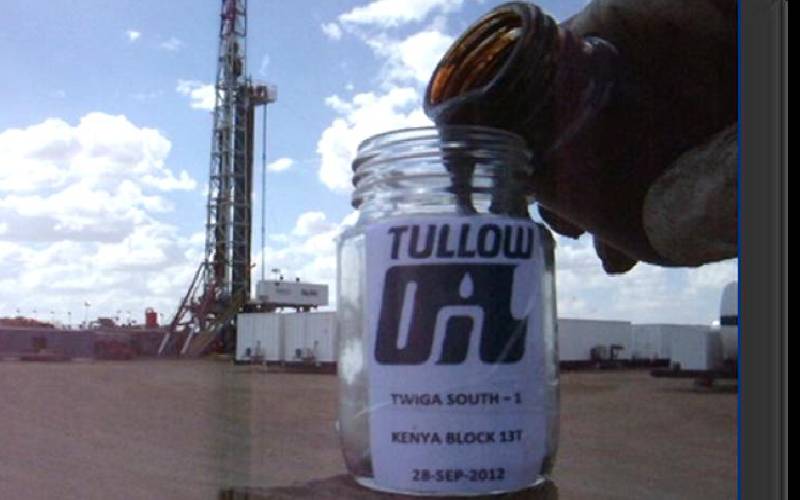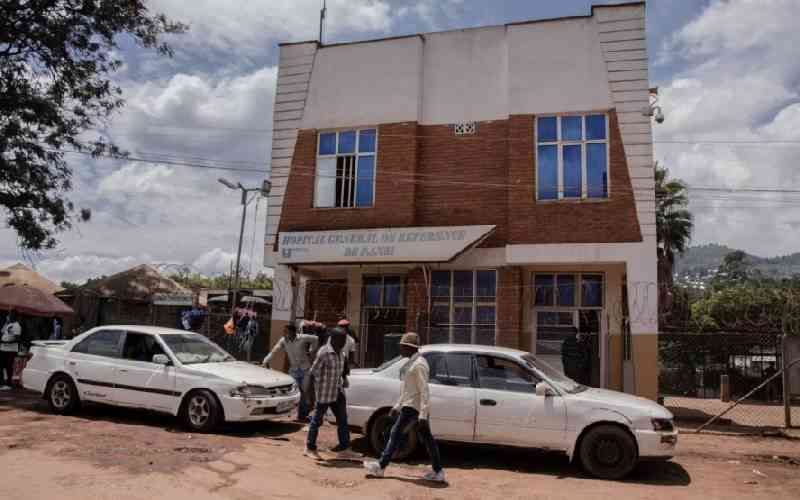
Aircraft fleets are currently grounded, factories have gone quiet and more than 2.5 billion of the current world population of about 7.8 billion is in some form of lockdown. Governments are fighting an invisible enemy, the Covid-19, whose modus operandi is at best little understood.
The consequence is a massive disruption of all aspects of the global economic and social order.
The world energy market, especially oil and gas market, has suffered one of its greatest shocks since the oil crisis of 1973, except that in 1973 the oil and gas prices went north, while this time round they have violently dived south.
As at April 20, 2020, the price of West Texas Intermediate, which is the US benchmark crude, had plummeted to a record low of below USD 15 per barrel since 1999 from an average price of 60 USD in January 2020, translating to a price slump of more than 75 per cent.
The BRENT, which is the UK benchmark crude, has not fared better either, having dropped from an average price of USD 64 per barrel in January 2020 to 27.24 on April 20, 2020.
Ocean-going crude vessels are full everywhere and storage facilities the world over are choking. The Organisation of Petroleum Exporting Countries (Opec) was thrown into a spin in March 2020 when two of its key producers, namely Saudi Arabia and Russia, could not initially agree on the level of production cut-back that would stabilise the market and ameliorate the problem of current oversupply and lack of demand.
However, mid-April 2020 some agreement was reached by the 23-odd members of Opec to cut down production by 10 million barrels per day. This was not without protestation by some of the members like Mexico, which agreed to cut its own production by only 100,000 barrels per day as opposed to the 400,000 barrels requested by Opec.
But what do these cut backs mean for the weaker members of Opec who do not have the financial reserves to survive the duration of the cut back? Going forward, Opec and the International Energy Agency (IEA) have warned that the weaker members who rely almost entirely on oil revenues to finance their national budgets would suffer up to 85 per cent revenue loss.
Nigeria, for example, relies on oil revenue to finance up to 90 per cent of its budget. It had based its 2020 budget estimates on oil price of USD 57 per barrel. Consequently, it has been forced to revise its budget downwards.
Would there have been a silver lining to all this gloom for countries like Kenya, which are net oil importers? Certainly yes, but subject to the availability of adequate strategic reserve storage capacity in the country.
A report quoted by the Daily Nation on April 25, 2019 and attributed to the Petroleum Institute of East Africa put Kenya’s constrained fuel consumption at 5.92 billion litres per year.
This consumption figure is constrained by the high cost of fuel in the country. Previous years performed better and registered figures above six billion litres annually, which translates roughly to 16 million litres of consumption per day.
The current storage capacity is almost exclusively provided by Kenya Pipeline Company, which is assessed at about 645 million litres.
90 days
Stay informed. Subscribe to our newsletter
Under the best conditions and when all the tankage is full, this would only last the country about 40 days, yet the IEA recommends at least 90 days of fuel reserves for countries in order to be able to wade off supply disruptions.
The fact that international oil prices have hit an all-time low would have been a great opportunity for Kenya to import both crude and refined oil to build up an oil reserve stock and maintain a steady supply with a view to stabilising oil prices. However, we may not benefit from the prevailing low international prices because of our limited storage capacity of only 645 million litres. We therefore do not have the infrastructural capacity for a strategic oil reserve, with the net effect being that the benefit of low oil prices may not be felt at the pump by the consumer. With adequate reserve storage capacity, the current oil glut in the international market would have presented the best opportunity for Kenya to buy cheap and stockpile for the coming days in order for the low oil prices to be felt at the pump level by consumers.
Then what options can the government explore going forward informed by the present scenario? In the current oil marketing structure in the country, all oil imports are done by the oil marketing companies.
Moving forward, my humble submission is that the government should consider importing its own oil to go into the national strategic reserve.
This would enable it take advantage of the international oil glut and rock bottom prices and pass the same to the consumer by way of low prices at the pump. In addition to the existing tankage held by KPC, the government should also consider developing national strategic storage facilities and the attendant infrastructure. Sites like Lamu, which is the centre of Lapsset corridor project, should be front runners for consideration.
Mr Owalo is a management consultant specialising in strategy formulation, implementation and control
 The Standard Group Plc is a
multi-media organization with investments in media platforms spanning newspaper
print operations, television, radio broadcasting, digital and online services. The
Standard Group is recognized as a leading multi-media house in Kenya with a key
influence in matters of national and international interest.
The Standard Group Plc is a
multi-media organization with investments in media platforms spanning newspaper
print operations, television, radio broadcasting, digital and online services. The
Standard Group is recognized as a leading multi-media house in Kenya with a key
influence in matters of national and international interest.
 The Standard Group Plc is a
multi-media organization with investments in media platforms spanning newspaper
print operations, television, radio broadcasting, digital and online services. The
Standard Group is recognized as a leading multi-media house in Kenya with a key
influence in matters of national and international interest.
The Standard Group Plc is a
multi-media organization with investments in media platforms spanning newspaper
print operations, television, radio broadcasting, digital and online services. The
Standard Group is recognized as a leading multi-media house in Kenya with a key
influence in matters of national and international interest.










